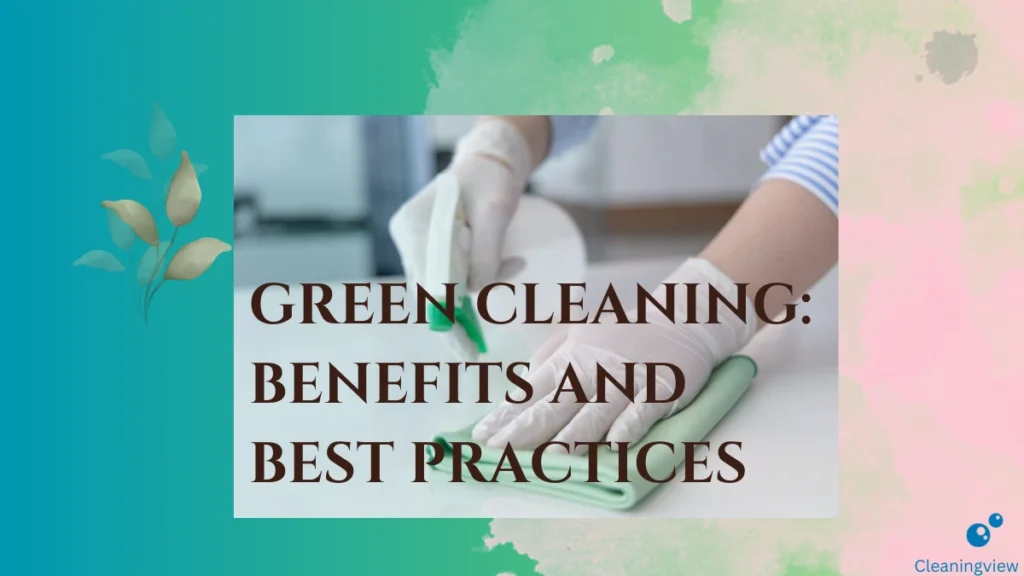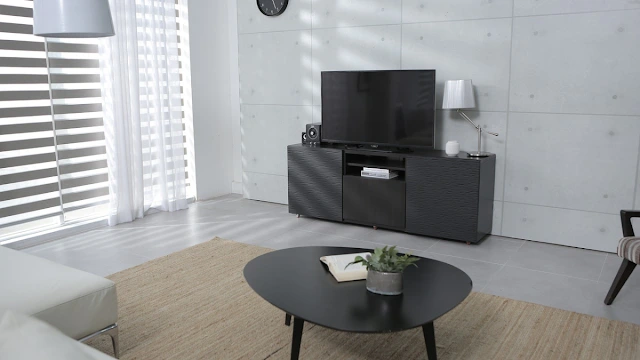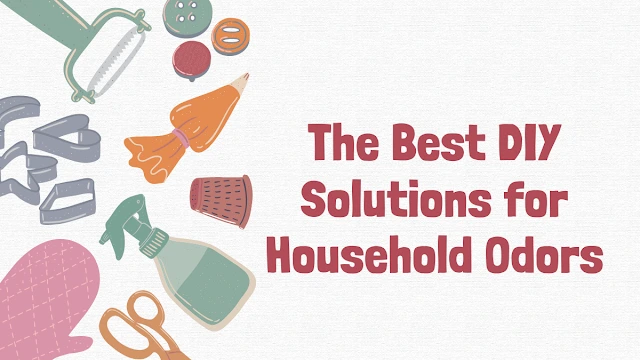
Discover the benefits of green cleaning and learn best practices for a healthier home and environment. Explore natural, non-toxic alternatives to traditional cleaning products in this detailed, easy-to-follow guide.
Introduction
In a world increasingly focused on sustainability, green cleaning has become more than just a trend—it’s a necessity. But what exactly is green cleaning? Simply put, it’s the use of cleaning methods and products with environmentally friendly ingredients designed to preserve human health and the environment. As people become more aware of the harmful effects of traditional cleaning products, the shift toward green cleaning continues to gain momentum.
Why Choose Green Cleaning?
Environmental Benefits
Green cleaning helps reduce pollution to the environment, minimizes the usage of natural resources, and decreases the impact on the ozone layer. Traditional cleaning products often contain harsh chemicals that can contribute to air and water pollution. In contrast, green cleaning products use natural ingredients that are less harmful to our planet.
Health Benefits
One of the most significant advantages of green cleaning is its positive impact on health. Traditional cleaners are known to cause respiratory issues, skin irritations, and other health problems due to toxic chemicals. Green cleaning products eliminate these risks by using non-toxic, natural ingredients.
Cost-Effectiveness
You might think green cleaning is expensive, but it can actually save you money in the long run. Many green cleaning products can be made at home with simple ingredients like vinegar and baking soda. These DIY solutions are not only cheaper but also more versatile.
Environmental Impact of Traditional Cleaning Products
Harmful Chemicals in Traditional Cleaners
Many conventional cleaning products contain chemicals like ammonia, chlorine, and phthalates, which are hazardous to both health and the environment. These substances can linger in the air, water, and soil long after they’ve been used, causing long-term damage.
Pollution and Waste
The production and disposal of traditional cleaning products contribute significantly to pollution. The packaging alone, often made from non-recyclable plastic, adds to the growing waste problem. Moreover, the chemicals in these products can leach into water systems, harming aquatic life.
Long-Term Effects on the Environment
The continued use of harmful cleaning products can lead to severe environmental degradation. These chemicals can disrupt ecosystems, contribute to climate change, and harm wildlife. By switching to green cleaning, you help protect the environment for future generations.
Health Risks of Traditional Cleaning Products
Exposure to Toxic Chemicals
Traditional cleaning products can expose you to a host of toxic chemicals. Breathing in fumes, touching residues, or accidentally ingesting these chemicals can lead to immediate and long-term health issues.
Allergies and Respiratory Issues
Many people are allergic to the chemicals found in traditional cleaners. These products can trigger asthma, skin allergies, and other respiratory problems. Green cleaning products, made from natural ingredients, are much safer for people with sensitivities.
Long-Term Health Risks
Prolonged exposure to harmful chemicals in traditional cleaners can increase the risk of serious health conditions, including cancer, hormonal disruptions, and reproductive issues. Green cleaning minimizes these risks by avoiding toxic substances altogether.
Key Components of Green Cleaning
Non-Toxic Ingredients
Green cleaning products are made from non-toxic, natural ingredients that are safe for both humans and the environment. Ingredients like vinegar, baking soda, and essential oils are commonly used for their cleaning power and safety.
Biodegradable Materials
One of the hallmarks of green cleaning products is their use of biodegradable materials. These materials break down naturally, reducing waste and minimizing environmental impact.
Reusable and Recyclable Packaging
Green cleaning also involves using products with reusable or recyclable packaging. This approach reduces waste and helps promote a more sustainable lifestyle.
Popular Green Cleaning Products
Vinegar and Baking Soda
Vinegar and baking soda are the power duo of green cleaning. Vinegar’s acidity makes it excellent for cutting through grease and disinfecting surfaces while baking soda’s mild abrasiveness can scrub away tough stains.
Castile Soap
Castile soap is a versatile, plant-based soap that can be used for everything from washing dishes to cleaning floors. It’s gentle on the skin and free from harmful chemicals.
Essential Oils
Essential oils like tea tree, lavender, and lemon not only add a pleasant scent to your cleaning routine but also have natural antibacterial properties. They’re a perfect addition to your green cleaning arsenal.
How to Transition to Green Cleaning
Start Small: Replace One Product at a Time
Transitioning to green cleaning doesn’t have to happen overnight. Start by replacing one traditional cleaning product with a green alternative. Gradually, you’ll notice the benefits and find it easier to make more changes.
DIY Green Cleaning Solutions
Making your own cleaning products is one of the easiest ways to go green. With a few simple ingredients, you can create effective cleaners for every part of your home.
Reading Labels and Understanding Certifications
Not all products labelled as “green” are truly environmentally friendly. Learn to read labels and look for certifications like EPA’s Safer Choice, which indicates a product meets stringent safety and environmental standards.
Green Cleaning Best Practices
Proper Storage of Green Products
Even though green cleaning products are safer, they still need to be stored properly to maintain their effectiveness and ensure safety. Keep them in a cool, dry place, and out of reach of children.
Safe Disposal of Traditional Cleaners
If you’re transitioning to green cleaning, you’ll need to dispose of your old cleaning products properly. Never pour them down the drain; instead, take them to a hazardous waste disposal site.
Regular Maintenance for Clean and Healthy Homes
Regular cleaning is key to maintaining a healthy home environment. Green cleaning products can be used daily for maintenance, ensuring your home stays fresh and safe.
DIY Green Cleaning Recipes
All-Purpose Cleaner Recipe
Mix equal parts of water and vinegar in a spray bottle, add a few drops of essential oil, and shake well. This cleaner works on most surfaces and is safe to use around kids and pets.
Glass Cleaner Recipe
Combine 1 cup of water, 1 cup of vinegar, and a teaspoon of cornstarch in a spray bottle. Shake well before each use for streak-free windows and mirrors.
Floor Cleaner Recipe
Mix 1 gallon of warm water with ½ cup of vinegar and 1 tablespoon of Castile soap. Mop floors with this solution for a clean, residue-free finish.
Green Cleaning for Specific Areas of Your Home
Kitchen Cleaning
Use baking soda and vinegar to clean countertops, sinks, and stovetops. For stubborn stains, let the mixture sit for a few minutes before scrubbing.
Bathroom Cleaning
Vinegar and essential oils can tackle soap scum, mildew, and hard water stains in your bathroom. A paste of baking soda and water is perfect for scrubbing tiles and grout.
Living Room and Bedroom Cleaning
Dust surfaces with a microfiber cloth and use a mixture of water and essential oils to freshen up fabrics. For carpets, sprinkle baking soda, let it sit for a while, and then vacuum.
Challenges of Green Cleaning
Availability and Accessibility
Depending on where you live, finding green cleaning products can be challenging. However, as demand grows, more stores are beginning to stock these products.
Initial Costs
Some green cleaning products may be more expensive upfront, but they last longer and often require smaller quantities, making them cost-effective in the long run.
Misleading Labels and Greenwashing
Not all products that claim to be green actually are. Be cautious of greenwashing—when companies falsely market their products as eco-friendly. Always check labels and certifications.
How to Overcome Challenges
Finding Trustworthy Brands
Research and choose brands that are transparent about their ingredients and practices. Look for certifications that ensure the products are genuinely green.
Budget-Friendly Green Cleaning
DIY solutions are a great way to save money while going green. Ingredients like vinegar, baking soda, and essential oils are affordable and effective.
Educating Yourself and Others
The more you know about green cleaning, the easier it will be to make informed decisions. Share your knowledge with friends and family to encourage more people to make the switch.
The Future of Green Cleaning
Innovations in Green Cleaning Products
As the demand for green products rises, companies are investing in research to create even better, more effective green cleaning solutions.
Growing Consumer Awareness
Consumers are becoming more aware of the environmental and health impacts of their choices. This awareness is driving the green cleaning movement and pushing for better products.
Role of Legislation and Policies
Governments are beginning to recognize the importance of green cleaning. Policies and regulations are being put in place to encourage the use of eco-friendly products and practices.
Conclusion
Green cleaning offers numerous benefits for both your health and the environment. By making the switch, you contribute to a safer, cleaner world. Start small, educate yourself, and embrace the best practices of green cleaning. Not only will your home be cleaner, but you’ll also be doing your part to protect the planet.
FAQs: Green Cleaning
What is Green Cleaning?
Green cleaning refers to using cleaning methods and products that are environmentally friendly and safe for human health. This includes using non-toxic, biodegradable ingredients and minimizing waste.
Are Green Cleaning Products Effective?
Yes, green cleaning products can be just as effective as traditional cleaners. They use natural ingredients that are powerful at cutting through grease, grime, and bacteria.
How Can I Tell if a Product is Truly Green?
Look for certifications like EPA’s Safer Choice or labels that list natural, non-toxic ingredients. Be wary of vague marketing terms like “natural” or “eco-friendly” without any certification.
Is Green Cleaning More Expensive?
While some green cleaning products may have a higher upfront cost, they often last longer and are used in smaller quantities, making them cost-effective over time.
What Are the First Steps to Start Green Cleaning?
Start by replacing one traditional cleaning product with a green alternative. You can also try making your own DIY cleaners with simple ingredients like vinegar and baking soda.
Read More
https://cleaningview.ca/10-eco-friendly-cleaning-hacks-for-a-greener-home/
Important: The information provided here in the post is for general informational purposes only. It should not be taken as professional or any other type of advice. Always seek the advice of a qualified professional before implementing this information on your own. Thank you!
Add CleaningView To Your Google News Feed



